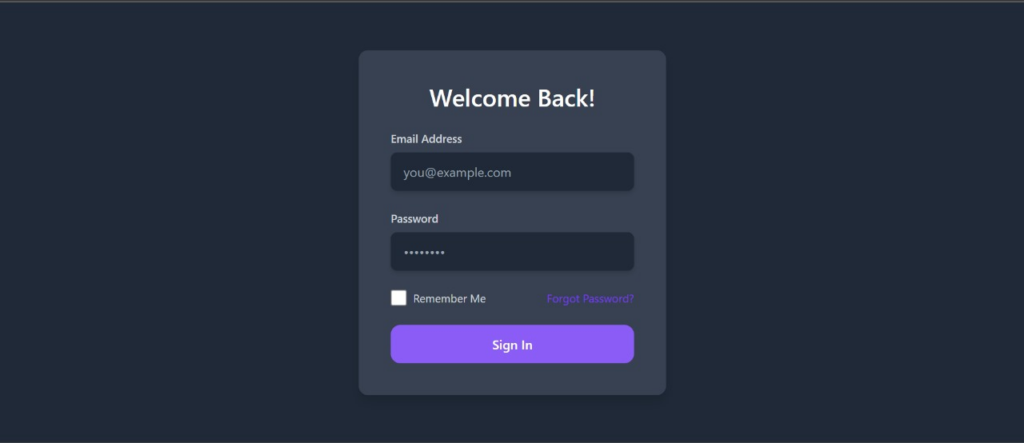Hey everyone! I’m Ajink Gupta, and I’m super excited to tell you all about My First Online Hackathon experience in the TriNIT online hackathon. From the evening of March 8th to the early hours of March 10th, I was busy coding, problem-solving, and teaming up with cool people from all over. This blog is my story about what happened during TriNIT – the good times, the tough times, and what I learned along the way. So, come along with me as I share my first-ever online hackathon journey in simple words!
TriNIT, a national-level hackathon organized by NIT Trichy , with over 4000 participants from all corners of India .

I found out about the TriNIT hackathon while browsing unstop . The idea of joining a Online Hackathon sounded really exciting! So, I told my friends Nirakar, Ninad, and Karthik about it. We all love coding, so we decided to team up and enter together. We named our team “Hack Overshow”. On March 5th, we registered for the hackathon . I was pumped to work on a project with my friends and see what we could come up with. Little did we know, the next few days would be full of coding, planning, and lots of fun moments together.

The schedule for releasing the problem statements was supposed to be at 6:30, but there was a delay, and they weren’t out until 7:30. Finally, when they were released, there were four PDFs, each containing problem statements based on different categories. These categories included Machine Learning (ML), Development (DEV), Web3, and Electronics. Inside each PDF, there were 2-3 problem statements for participants to choose from and work on throughout the hackathon.

After the problem statements were released, we convened on a Google Meet at 8:00 PM to discuss our options. We were faced with a decision: which problem statement should we choose? After careful consideration, we narrowed it down to two options. The first one involved creating an ML-based harassment reporter, while the other was a development project called LinguaConnect, aimed at facilitating tutors to sell their classes. To aid our decision-making process, we decided to attach all the problem statements at the end of our blog for reference.
However, we found ourselves stuck between these two compelling options. To break the deadlock, we resorted to a classic method: tossing a coin. With a virtual coin toss on an online website, we left it to fate to decide our path forward. In the end, the coin favored the development project, LinguaConnect. It’s worth mentioning that the ingenious idea of resorting to a coin toss came from Nirakar 😂😂



After finalizing our project, I took the initiative to set up a GitHub organization for our team. This decision aimed to ensure that our code remained organized and easily accessible in one central location. With the GitHub repository in place, we commenced our discussions on the project’s approach and implementation.
By 11:00 PM, we were ready to dive into coding. Utilizing platforms like Discord for communication and another collaborative coding platform, Gitpod, we began our coding journey. Leveraging Gitpod, I created a Visual Studio Code instance and shared it with my teammates. This allowed us to collaborate seamlessly in real-time. While codesandbox was also there but , it was Karthik who suggested using Gitpod as our coding platform, a choice that proved to be efficient for our team’s workflow.


We opted for Django as our project framework and relied on Jitsi for our team meetings. Throughout the first day of the hackathon, we dedicated ourselves to coding relentlessly, pushing through until 4:00 PM. After a short break, we resumed coding at 7:00 AM the next morning, determined to make significant progress. We enhanced our project with cool graphics sourced from the Undraw website, adding visual appeal and professionalism to our user interface.
By 8:00 AM, we were supposed to have a checkpoint meeting with mentor . However, instead of conducting the meeting, they requested access to our GitHub private repository to monitor our progress. They kept tabs on our advancements through Discord messages instead.

As the day progressed, fatigue started setting in, and at around 1:00 PM, I succumbed to sleep for a couple of hours. Refreshed, I resumed coding at 3:00 PM and managed to develop a complete boilerplate for our project. However, the core feature of our application—video calling and screen sharing—proved to be a stumbling block. We worked tirelessly throughout the night, finally completing it by 5:00 AM. Despite our efforts, we knew our project was still incomplete, and our chances of being selected were slim.
The following morning, at 9:00 AM, we received the official notification that we were out of the game, realizing our project fell short of the mark.

As promised, here are the problem statements of Trnit Hackathon
Problem Statements: Link to Problem Statements
And here’s our project repository:
Our Project: Link to Our Project Repository
Feel free to explore them and let us know your thoughts!
In wrapping up our adventure in the TriNIT hackathon, it’s been quite a ride! We faced many hurdles, from picking the right problem to coding late into the night. Even though our project didn’t turn out as expected, we’re proud of what we accomplished. This experience taught us a lot about teamwork, problem-solving, and perseverance. We’re grateful for the chance to be part of such a cool event and for the support from everyone involved. While we didn’t win, we’re walking away with valuable lessons and new skills. Bring on the next challenge!
